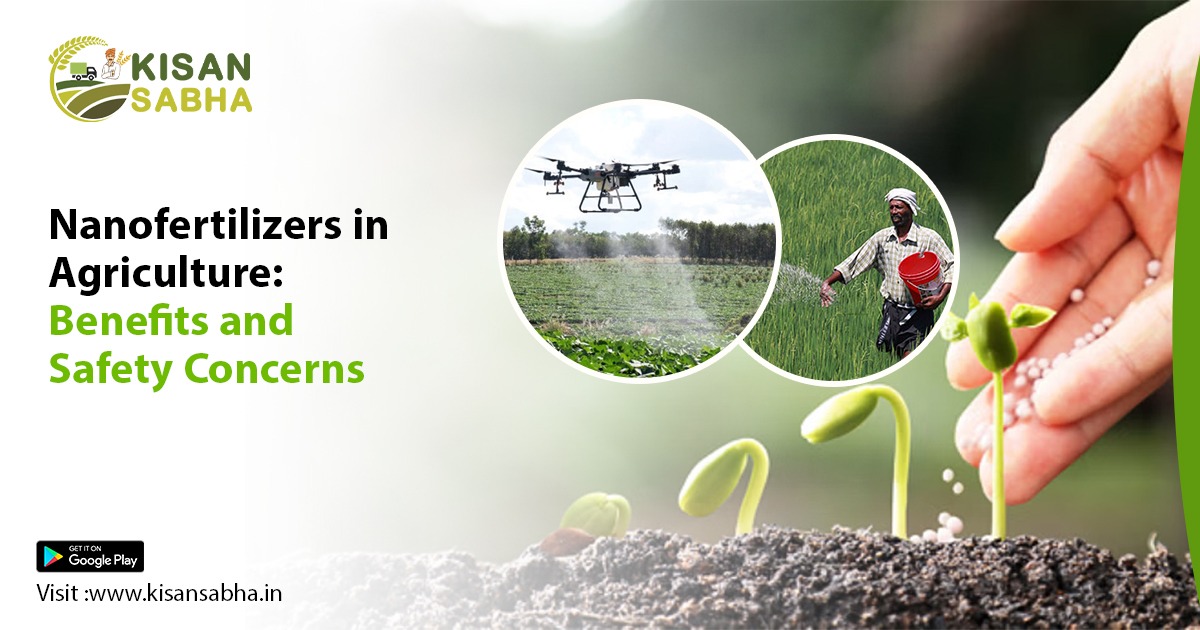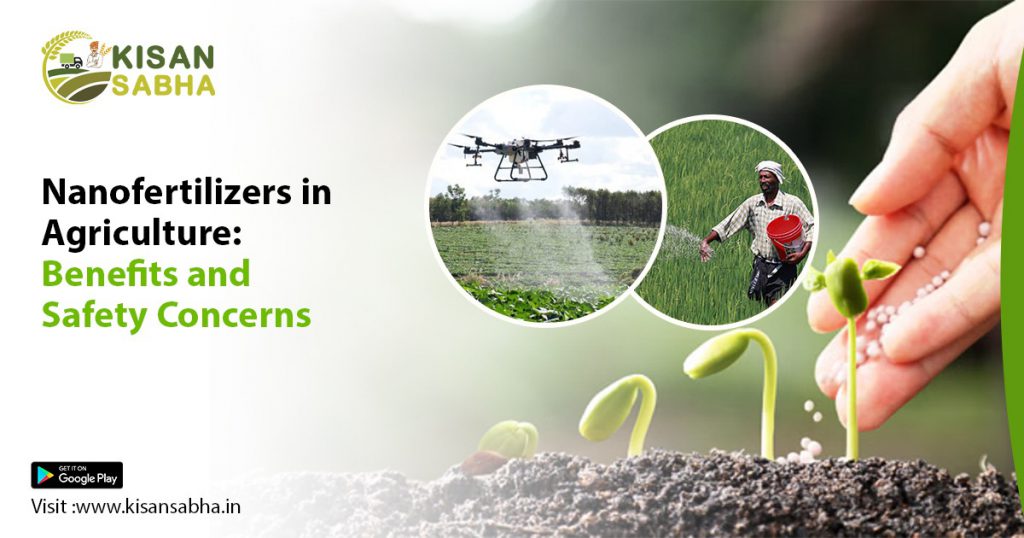Nano fertilisers provide benefits over conventional fertilisers.
Nano fertilisers are superior to conventional fertilisers because they boost soil fertility, yield, and crop quality criteria, are non-toxic and less hazardous to the environment and humans, and reduce profits. Thus, nano-fertilizers aid in crop production improvement.
Because of their higher surface tension than normal surfaces, nanoparticles contain fertilisers better and provide surface protection for bigger particle sizes. The following are the advantages of nano-fertilizers over regular fertilisers:
- Nanoparticles improve nutrient utilisation while lowering the cost of environmental protection.
- EnhanAgricultural land is dwindling as a result of erosion, pollution, unintentional irrigation, and fertilisation. Increased agricultural production, on the other hand, is required to fulfil the needs of the rising industry as well as the nutritional needs of the growing population. Nano fertilisers have recently begun to be manufactured in order to maximise the amount and quality of production per unit area.
- According to studies, nano fertilisers boost plant nutrient usage efficiency, reduce soil toxicity, lessen the possible negative consequences of excessive chemical fertiliser use, and reduce fertiliser application frequency. Nano fertilisers are significant in agriculture because they boost crop output and nutrient efficiency while reducing the overuse of chemical fertilisers. The most significant characteristics of these fertilisers are that they include one or more macro and micronutrients, that they may be administered in tiny amounts often, and that they are environmentally beneficial.
- Nano fertilisers are synthetic or modified forms of traditional fertilisers, fertiliser bulk materials, or extracts from different vegetative or reproductive parts of the plant using different chemical, physical, mechanical, or biological methods with the help of nanotechnology to improve soil fertility, productivity, and agricultural produce quality. Nanoparticles can be created entirely from bulk materials. The larger surface area of nano-fertilizers is related to the very small particle size, which provides more site to promote different metabolic processes in the plant system, resulting in the synthesis of more photosynthets. They have a strong reactivity with other compounds due to their larger surface area and small size. They are very soluble in several solvents, including water.
- The particle size of nano-fertilizers is less than 100 nm, allowing nano particles to penetrate deeper into the plant from applied surfaces such as soil or leaves.
- cement of crop nutritional content and flavour quality
- Optimal iron utilisation and increased protein content in wheat grain
- Improve crop anti-biotic resistance and deeper rooting by increasing plant growth resistance.
- The effects of nano-fertilizer on seed germination and plant growth parameters
- Nano fertilisers can easily enter the seed and boost nutrient availability to growing seedlings.
Nowadays, the application of nanotechnology in agriculture has greatly revolutionised traditional agricultural processes. The creation of nano-agro particles is increasing agricultural yield and boosting food quality while keeping environmental pollutants at bay.
Several nano-based agro particles, such as nano-fertilizers, nano-pesticides, nano-weedicides, nano-sensors, and so on, have led to smart agricultural systems. In addition to increasing food productivity, they also perform other functions such as controlled release of nutrients, delivery at target sites, sensing and killing disease in crops, sensing stress conditions in the environment, minimising the release of excess chemicals into environmental matrices, and so on.
Furthermore, nano-technology in seed science has been reported to improve seed quality and produce healthy plants with higher crop output. On the other hand, there are numerous obstacles that must be overcome in order to bring nanoagroparticles to commercial platforms. The primary area of concern and inquiry is understanding about its environmental pathways and long-term effects on human and animal communities. In the current environment, the discovery of nano-integrated agro particles is a miracle for increasing food demand, and continued development could be a step towards the aim of sustainable agriculture.
visit www.kisansabha.in for more details






